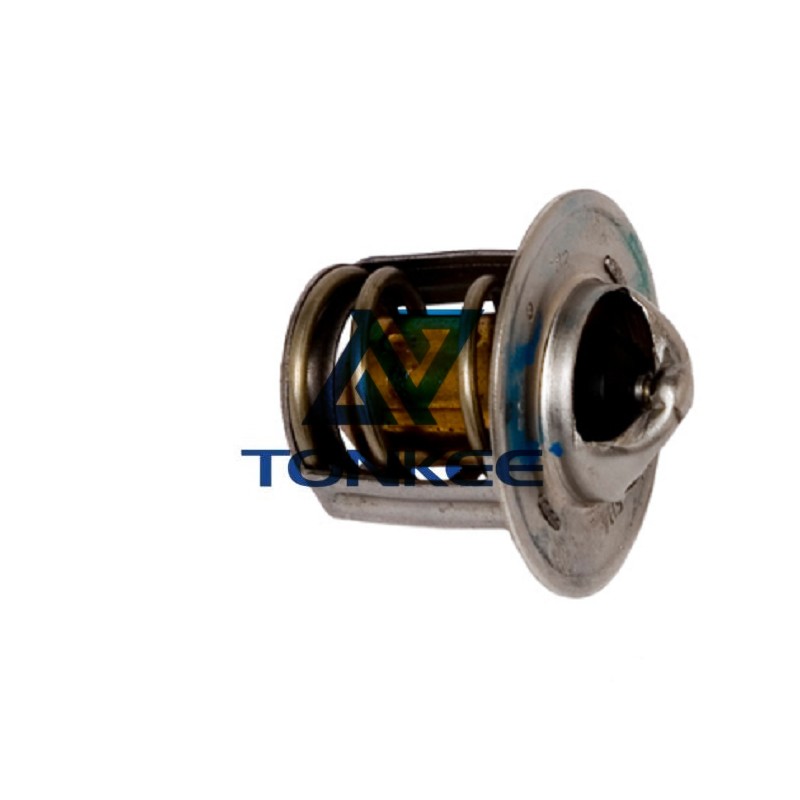
The AUSA Kubota Schaffer Hitachi EX30-2 Kubota Series Engine Thermostat is a precisely engineered device designed to regulate the flow of coolant within the engine cooling system.
It plays a vital role in maintaining the engine's operating temperature within a specified range, typically between 160°F and 200°F (71°C to 93°C). This temperature control is essential for efficient combustion, reduced emissions, and overall engine health.
Compatibility:
This thermostat is specifically designed for use in machinery equipped with Kubota Series engines, such as the Hitachi EX30-2 excavator. It ensures compatibility with the engine's cooling system, allowing for seamless integration and optimal performance.
Thermostat Functionality:
The thermostat consists of a temperature-sensitive valve that opens and closes in response to changes in engine temperature. When the engine is cold, the thermostat remains closed, preventing the flow of coolant to the radiator. This helps the engine warm up quickly and operate efficiently during cold starts. As the engine warms up, the thermostat gradually opens, allowing coolant to flow to the radiator. This process continues, maintaining the engine at its ideal operating temperature.
Material and Construction:
The AUSA Kubota Schaffer Hitachi EX30-2 Kubota Series Engine Thermostat is constructed from high-quality materials, ensuring durability and longevity in demanding operating conditions. It is typically made of heat-resistant metals, such as stainless steel, to withstand the high temperatures and pressures within the engine cooling system.
Temperature Range and Calibration:
The thermostat is carefully calibrated to open and close at specific temperature thresholds.
The exact temperature range and calibration may vary depending on the equipment manufacturer's specifications and the specific Kubota Series engine model. However, it is generally set to open at around 180°F (82°C) to allow for efficient cooling.
Importance in Engine Performance:
The proper functioning of the thermostat is crucial for maintaining the engine's efficiency and preventing overheating. If the thermostat fails or becomes stuck in the closed position, it can lead to engine overheating, reduced power output, and potential engine damage. Conversely, if it remains stuck open, the engine may operate below its optimal temperature, resulting in decreased fuel efficiency and increased emissions.
Maintenance and Replacement:
Regular maintenance of the cooling system, including the thermostat, is essential to prevent overheating and ensure the longevity of the engine. If the thermostat is suspected of malfunctioning, it should be replaced promptly to avoid costly engine repairs. Routine inspections and replacement at recommended intervals can help prevent unexpected downtime and extend the life of heavy machinery.


